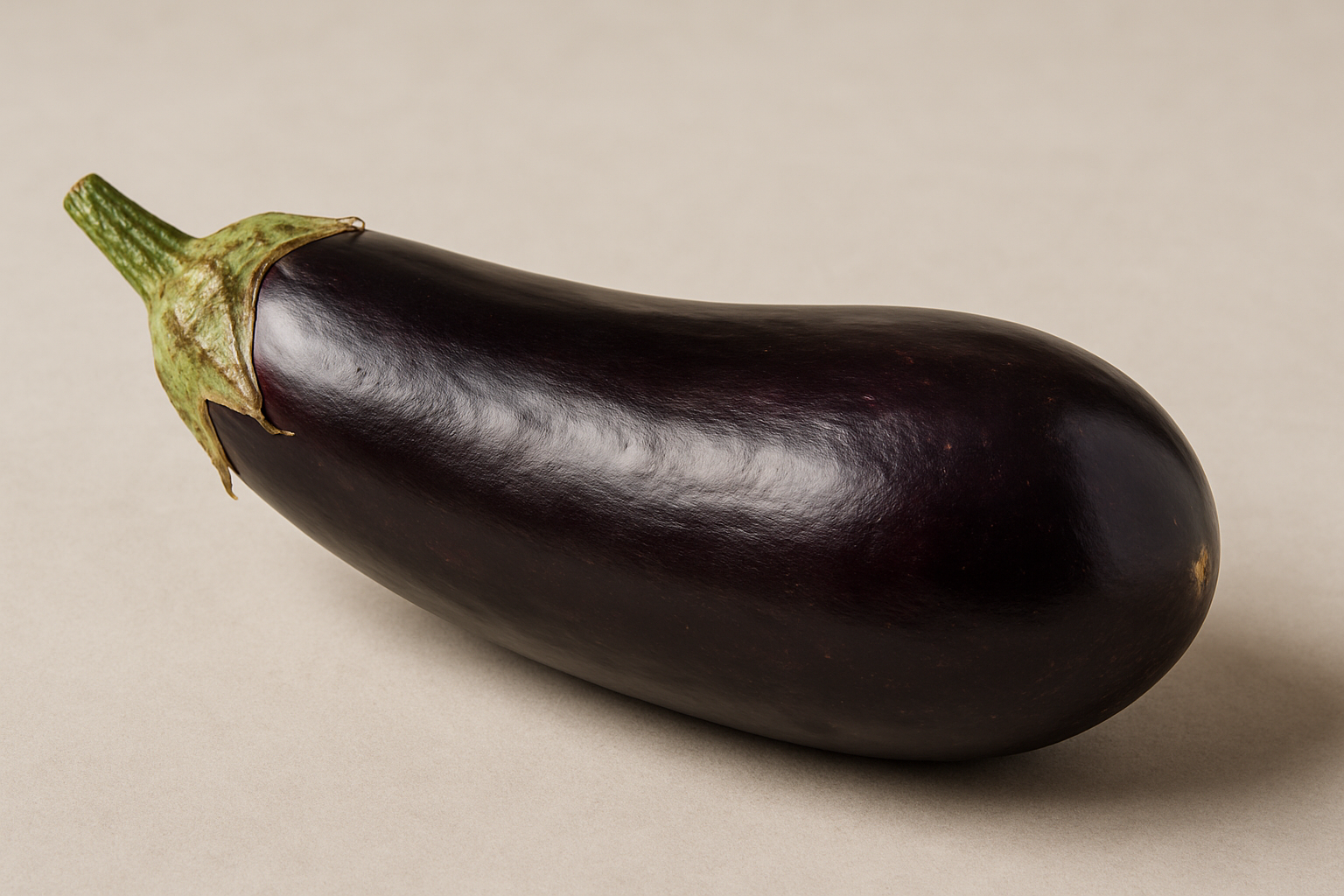Jelqing, a manual technique touted for penis enlargement, lacks scientific backing and poses significant risks like pain and tissue damage. Despite its popularity in forums, medical experts advise against it due to the absence of evidence supporting its effectiveness. Safer alternatives, such as penile traction devices, should be explored with professional guidance.
In the quest for non-surgical methods to enhance penis size, jelqing has emerged as a popular technique discussed extensively in online forums. This manual exercise involves a series of hand movements designed to increase the girth and length of the penis by creating microtears in the penile tissue. Proponents of jelqing claim that these microtears, similar to those experienced during muscle growth from weightlifting, can lead to enhanced size over time as the tissue heals and expands.
The Controversy Surrounding Jelqing
The practice of jelqing is not without its controversies. While some individuals swear by its effectiveness, the medical community remains largely skeptical. One of the main points of contention is the lack of scientific evidence supporting the claims of significant or permanent enlargement. Unlike skeletal muscles, which can grow through microtears and repair, penile tissue is primarily composed of smooth muscle, which does not respond to stress in the same way. This fundamental difference casts doubt on the effectiveness of jelqing.
Additionally, the safety of jelqing is a major concern. Many health professionals warn about the potential risks associated with the practice, including pain, irritation, and more severe consequences like tissue damage and fibrosis. The absence of controlled studies and clinical trials means that most of the evidence for jelqing’s effectiveness is anecdotal, leaving many to question whether the potential benefits outweigh the risks.
Purpose of This Article
This article aims to delve into the truth about jelqing, examining both its theoretical basis and the reality of its effectiveness. By exploring insights from top medical and health sources, we will assess the claims made by jelqing enthusiasts and weigh them against the concerns raised by medical professionals. Our goal is to provide a balanced view that helps individuals make informed decisions about whether jelqing is a viable option or a risky endeavor.
As we delve deeper into the effectiveness of jelqing, it’s crucial to distinguish between the theoretical underpinnings of this technique and the reality as understood by the medical community. Jelqing enthusiasts often compare the practice to weightlifting, suggesting that the creation of microtears in penile tissue can result in increased size as the tissue repairs and expands. However, this analogy is fundamentally flawed due to the distinct nature of penile tissue, which is primarily composed of smooth muscle, unlike the skeletal muscle involved in weightlifting. This difference raises significant questions about the validity of jelqing’s purported benefits.
Evaluating Jelqing’s Effectiveness
Despite its popularity, jelqing lacks robust scientific evidence to support claims of permanent gains in penis size. Most of the support for jelqing comes from anecdotal reports found in online forums, rather than controlled scientific studies. Healthline and Medical News Today, among other reputable sources, emphasize the absence of scientific validation for jelqing, pointing out that no peer-reviewed research has confirmed its effectiveness in increasing either the length or girth of the penis.
Comparing Jelqing to Penile Traction Devices
In contrast to jelqing, penile traction devices have been studied more extensively. These devices apply consistent, gentle stretching to the penis and have shown modest results in clinical settings, particularly for treating conditions like Peyronie’s disease. Some studies suggest that, with dedicated use over several months, traction devices may achieve up to a 1-inch increase in length. However, these outcomes are often limited to specific medical conditions and require significant time and commitment, as highlighted by Hims.com. For those seeking general enlargement, the practicality and effectiveness of traction devices remain constrained.
Understanding the Risks of Jelqing
The potential risks associated with jelqing are a major concern for health professionals. Common issues include pain, irritation, and bruising, but more severe complications such as tissue damage, fibrosis, and the development of Peyronie’s disease are also possible. These risks underscore the warnings from medical organizations like the American Urological Association, which advises against jelqing due to the potential for harm. It is crucial for individuals to cease the practice immediately if they experience pain and to seek medical advice to prevent further complications.
In conclusion, while jelqing is promoted as a non-surgical method for penis enlargement, the lack of scientific evidence supporting its effectiveness and the potential risks involved make it a questionable choice. For those considering penis enlargement, consulting a healthcare provider is essential to explore safer and more reliable options. Penile traction devices, while more studied, also require careful consideration of their demands and limitations. Ultimately, informed decisions should be grounded in a thorough understanding of both the potential benefits and the risks involved in any enlargement method.
As we conclude our exploration of jelqing, it becomes clear that the practice is fraught with uncertainties and potential risks. Despite its popularity as a non-surgical method for penis enlargement, the lack of scientific evidence supporting its effectiveness is a significant concern. Moreover, the potential for injury and long-term damage cannot be overlooked. Health professionals and organizations consistently advise against jelqing, emphasizing the importance of prioritizing safety and evidence-based methods.
Medical Advice and Recommendations
The consensus among medical experts is that jelqing is not a recommended practice for penis enlargement. The American Urological Association and other health organizations have highlighted the risks associated with jelqing, including pain, irritation, and more severe complications such as tissue damage and fibrosis. These risks can lead to conditions like Peyronie’s disease, characterized by painful curvature of the penis.
For those seeking penis enlargement, consulting a healthcare provider is crucial. Medical professionals can offer guidance on safer, evidence-based alternatives. Penile traction devices, although demanding and time-consuming, are one such option that has been studied more extensively than jelqing. These devices have shown modest effectiveness, primarily in clinical settings for conditions like Peyronie’s disease.
Alternative Approaches
Beyond traction devices, individuals interested in penis enlargement should consider other medically approved treatments. These may include surgical options, which, while more invasive, are performed under professional supervision and have documented outcomes. Additionally, focusing on overall penile health through lifestyle changes, such as maintaining a healthy weight and avoiding smoking, can contribute to improved sexual health and function.
Ultimately, any decision regarding penis enlargement should be made with careful consideration of the potential benefits and risks. It is essential to rely on scientifically validated methods and to seek professional advice when exploring options for enhancement.
Frequently Asked Questions
Does jelqing have any proven benefits?
There is no scientific evidence supporting jelqing’s effectiveness for permanent penis enlargement. Most claims are anecdotal.
What are the risks associated with jelqing?
Risks include pain, irritation, bruising, and more severe issues like tissue damage and Peyronie’s disease.
Are there safer alternatives to jelqing for penis enlargement?
Yes, safer alternatives include consulting healthcare providers about clinically approved treatments and devices, such as penile traction devices, though their effectiveness is modest and varies.
What should I do if I experience pain while jelqing?
Stop the practice immediately and consult a healthcare professional to assess any potential damage or complications.
In conclusion, while jelqing is often discussed as a potential method for penis enlargement, the lack of scientific support and the associated risks make it a questionable choice. Individuals considering enhancement should prioritize safety and seek advice from healthcare providers to explore reliable and effective options.




